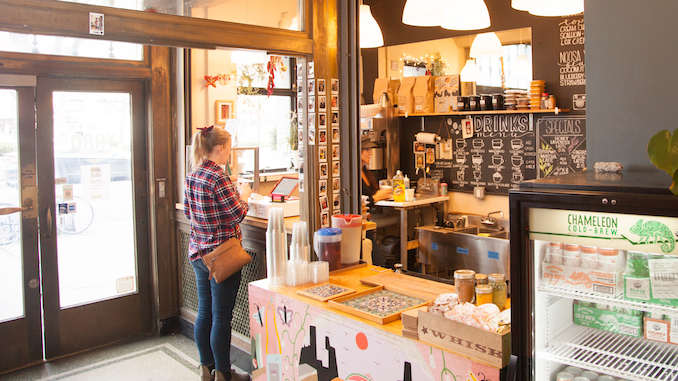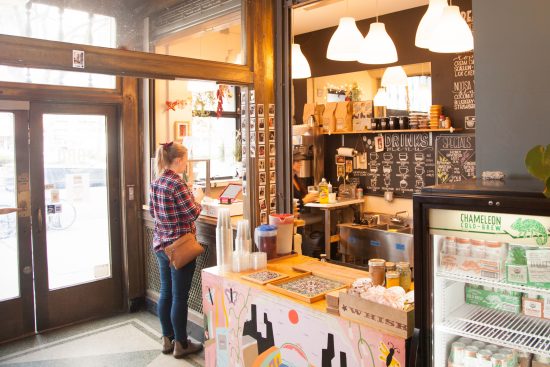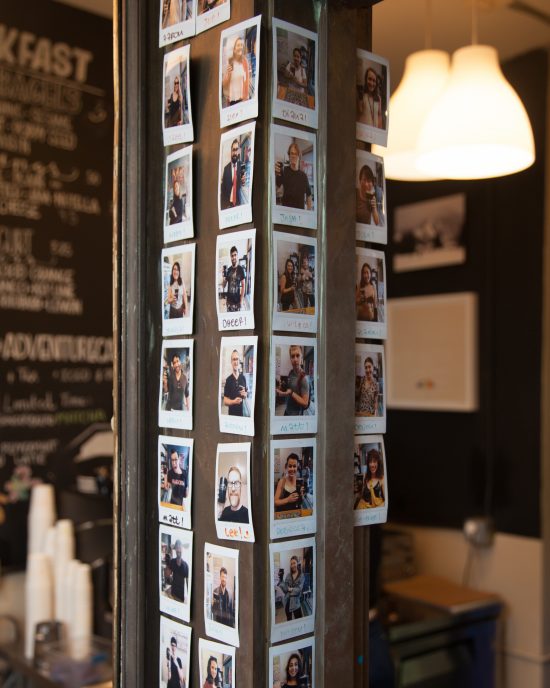
In the age of subscription services, what would it be like to create a subscription-based coffee shop?
BY MAI GAN
SPECIAL TO BARISTA MAGAZINE ONLINE
Photos courtesy of Mai Gan
According to market research firm NPD Group, in 2019, the average cup of coffee at a specialty café cost $4.24 USD, a total of $131 per month, and $1,577.28 per year.
So, what if you offered your customers the option of having unlimited drinks for $50 a month? They would be saving more than 50% on coffee, and in return, you would receive something that extends far beyond a one-time transaction: their loyalty. According to the Harvard Business Review, subscription services are booming. (Companies like Panera Bread and Pret a Manger joined the coffee-subscription model in 2020.) Subscriptions supplement transactional purchases with recurring revenue and increase customer longevity. But many wonder—is it a financial mistake or a brilliant idea?
Imagine you are launching this membership program in your café. First, there are three types of customers you will encounter; the one who will come every day (sometimes three times a day); the one who comes five days a week (skips weekends); and finally, the customer who comes five times the first day and then never comes back. Those infrequent customers are the ones you want.

But since we’re talking about coffee and not a gym membership or a software subscription, you also need to consider the types of drinks customers will order. For example, will they order drip coffee (high margin), or a cold brew or oat latte (low margin)?
Will you make money, lose money, or break even with this business model? Here are some of the advantages of turning your café into a membership-based coffee shop, according to my company Adventure Cafe, a subscription-based coffee shop in New York.
Pros
Cash flow: To run a successful café, you need cash flow, and knowing how much cash you’re going to be bringing in each month is valuable. Coffee shops rely heavily on foot traffic, and foot traffic is largely dependent on the weather. According to a study by Lendedu, people are more likely to spend more money in the summer than any other season. The membership model guarantees a certain income each month and helps keep the business afloat in the winter months when foot traffic is low.
Loyalty: Because customers pay for a monthly subscription, they will patron your café exclusively. Competing with neighboring coffee shops that offer similar menu items can be challenging. How do you make yourself more attractive than the competition? A coffee membership guarantees your customers will patronize only your café—and what’s more? They may bring their friends and family with them.

Upsell: Your loyal member is at the register placing their daily drink order. This is the perfect time to upsell them by offering food for purchase with their free drink. Depending on the type of software you have, you can also upsell iced drinks, nondairy milk, added flavor, larger sizes, etc. Panera Bread saw a 70% increase in food sales among subscribers.
Staff Retention: A study by ProQuest confirms that staff retention and motivation is one of the biggest challenges for the hospitality industry. Cafés suffer from high rates of turnover among staff, and hiring and training are time-consuming and expensive. The membership model not only keeps customers loyal to your café, but your staff feels invested as well. They are bought into the business concept and the community is one they helped build.
Tomorrow we will explore the cons of operating a membership-style coffee shop.

ABOUT THE AUTHOR
Mai Gan (she/her) has been the owner of Adventure Cafe since May 2015. Adventure Cafe closed its doors permanently in May 2020 due to the COVID-19 pandemic and was set to open a third location in the Financial District of New York. AC pivoted to e-commerce and operates as a coffee bean subscription service. Mai is currently exploring coffee shop trends around Europe.

